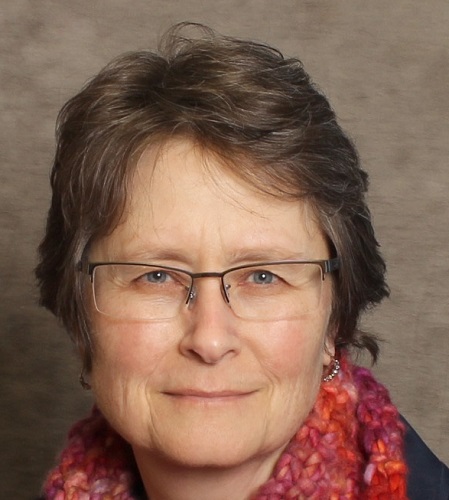The monthly number of safety reports increased. An onboarding process was implemented. The scope of practice was integrated into policies. Foundational work integrated business and clinical operations. Business operational leaders are now contacting clinical operations for an assessment of the need, staffing, and scope of work required before the procedure begins. Healthcare is shifting procedures from hospital settings into free-standing provider clinics. Unlicensed clinical staff e.g., medical assistants (MA), are the primary support for these procedures. This role’s scope focused on tasks that do not require assessments resulting in potential quality and safety gaps for patients. In a medical group within a large, integrated health system in the Midwest, the need was identified to maintain quality and safety for patients and staff as procedures migrate into free-standing provider clinics. The opportunity for improvements included onboarding, scope clarity within policies, and establishment of clinical standards for procedures performed in the clinic.
Problem: Maintaining quality and safety as procedures traditionally done in hospital-supported outpatient clinics are being done in free-standing provider based clinics
Measurement: A review of safety events over 24 months, e-learning system, policies and procedures and onboarding documentation of knowledge and skills was done. Safety data averaged 20/month for over 150 clinics, there was no MG standard documentation of onboarding, including validation of unlicensed knowledge and skills, and clinic variations in unlicensed work
Analysis: The goal was to maintain quality and safety for procedures in provider offices. Role clarity of support staff required knowledge of state laws, and professional standards, an evaluation of policies, validated skills and knowledge, and procedural understanding. The development of an occupational analysis created a list of tasks within their scope
Implementation: Implementation included increasing safety reporting, developing of onboarding documents, clarifying the scope of policies, and establishing a process to communicate quality and safety standards for the procedures. Barriers encountered included knowledge of the unlicensed scope, staffing gaps to accommodate the procedures, standardized e-learnings, and onboarding documentation to align with the scope of practice


